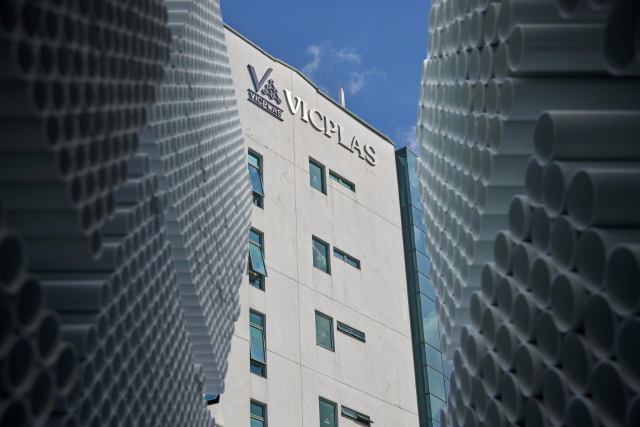
14 Nov Understanding the Push Toward Green and Sustainable Buildings
With the increasing collective concern for our environment, many agencies have begun to push for the standardisation of green buildings, also known as green architecture or green design. The green design approach promotes environmental responsibility by designing, constructing, and operating facilities via sustainable processes to reduce our carbon footprint and minimise the harmful effects of construction projects on the environment and human health. This also entails safeguarding air, water, and earth using eco-friendly materials and building practices.
Green design has long been in practice in Singapore, thanks to the efforts of the Singapore Green Building Council (SGBC) and Building and Construction Authority (BCA), which introduced the Green Mark Scheme in January 2005. This scheme is a green building rating and certification system that encourages, enables, and engages industry stakeholders in creating and operating greener structures.
The fourth edition of the Singapore Green Building Masterplan is one of the fundamental components of the Singapore Green Plan 2030, and it is working toward the “80-80-80 in 2030” plan, which defines the three key targets:
1. Greening of 80% of buildings based on Gross Floor Area (GFA).
2. GFA will construct Super Low Energy buildings in 80% of its new constructions.
3. Energy efficiency gains of up to 80% for best-in-class green buildings

Vicplas’ Green Initiatives
As mentioned, developing green buildings requires environmentally- friendly materials sourced from sustainable manufacturing processes. Vicplas has continuously supplied cost-effective solutions without compromising our commitment to engineering for safety and sustainability by utilising cutting-edge technology and strict quality control standards.
The Meaningful Advantages of Green Design
- Reduced operational and maintenance costs
One of the benefits of green buildings is their lower operation and maintenance costs, which may be ascribed to their carefully planned design features that efficiently minimise energy usage and lower utility expenses for each occupant.
Despite the higher initial expense required for building such structures compared to traditional non-green design, the cost is recovered exponentially over the long term. In the long run, these efficient structures can help residential and corporate owners achieve significant savings.
- Energy-efficient: natural vs non-renewable resources
Energy efficiency is among the primary goals in green building design. Developing buildings that obtain energy from natural sources, like wind and the sun, is highly beneficial as it protects the ecosystem and mitigates pollution generated by non-renewable sources.
In contrast to their non-renewable competitors, renewable energy sources like solar energy are non-toxic and commonly accessible, which saves buildings hundreds of thousands of dollars during their lifetime expenses.
- Minimal use for maximum impact with sustainable and efficient materials
The trend of upcycling, which uses recycled materials and reusing resources, including old structures, has taken the architectural world by storm. Many professionals are now tapping into what is already available to save natural materials and reduce carbon footprints.
By implementing a design process comprised of sustainable practices, such as preserving natural resources (i.e., wood and water), reducing waste, protecting air quality, and limiting energy use, green buildings can be highly efficient structures capable of withstanding the test of time.
- Improved quality of health
Living in green and sustainable buildings has the potential to save lives. Individuals who live in green constructions have been discovered to benefit from various health benefits due to the ecologically friendly materials utilised during construction.
Green buildings, for example, avoid using construction materials that contain harmful volatile organic compounds (VOCs) and other toxic by-products that have been linked to various health problems, such as allergies, respiratory diseases, and, in extreme cases, an increased risk of cancer.
Conclusion
With the consequences of climate change becoming more severe as time goes on, efforts to reduce our impact on the environment are gradually making their way on top of society’s priorities. Green design is one of the key movements that will significantly help in this endeavour, and the added benefits it brings will only serve to increase its popularity and adoption.
To get started with green design, one must first procure the eco-friendly construction materials necessary. Vicplas Holdings is a leading provider of innovative and sustainable piping solutions found in many industrial projects, from our SS213 uPVC pipes for soil, waste, and vent applications to plastic components for hydroponic farming. With sustainability as the core of our business, you can depend on us for eco-friendly piping solutions with more than 400 styles available. Don’t hesitate to contact us today to learn more about our product lineup, which includes quality uPVC drain pipes!
